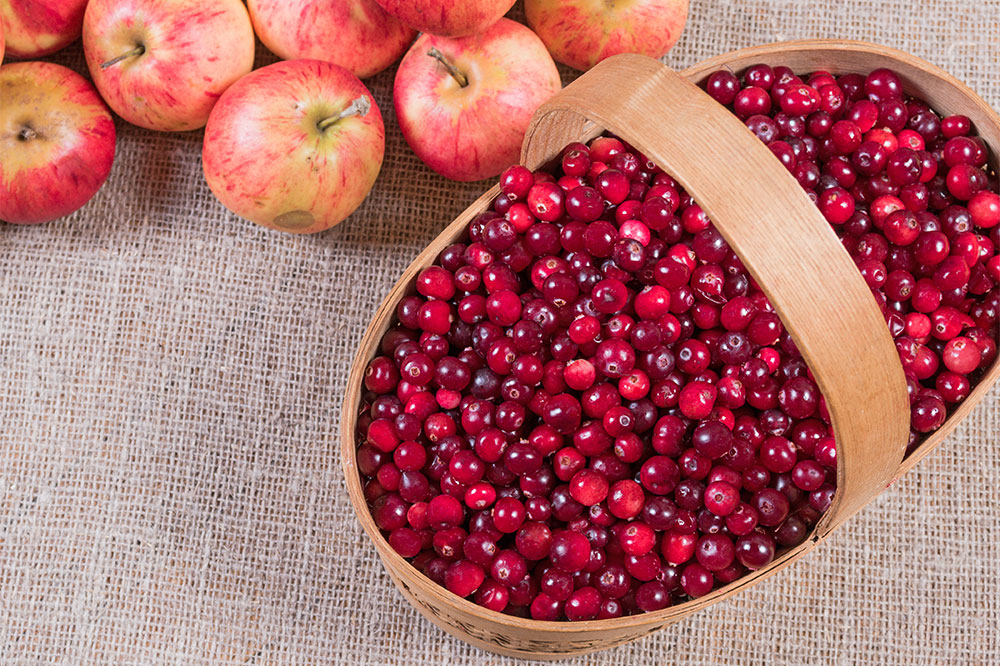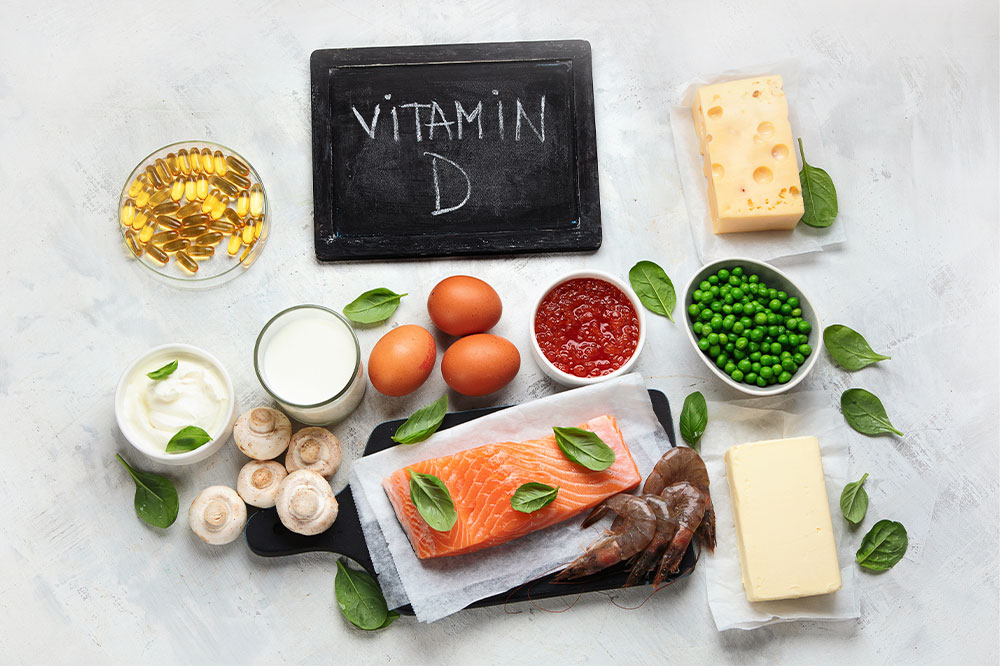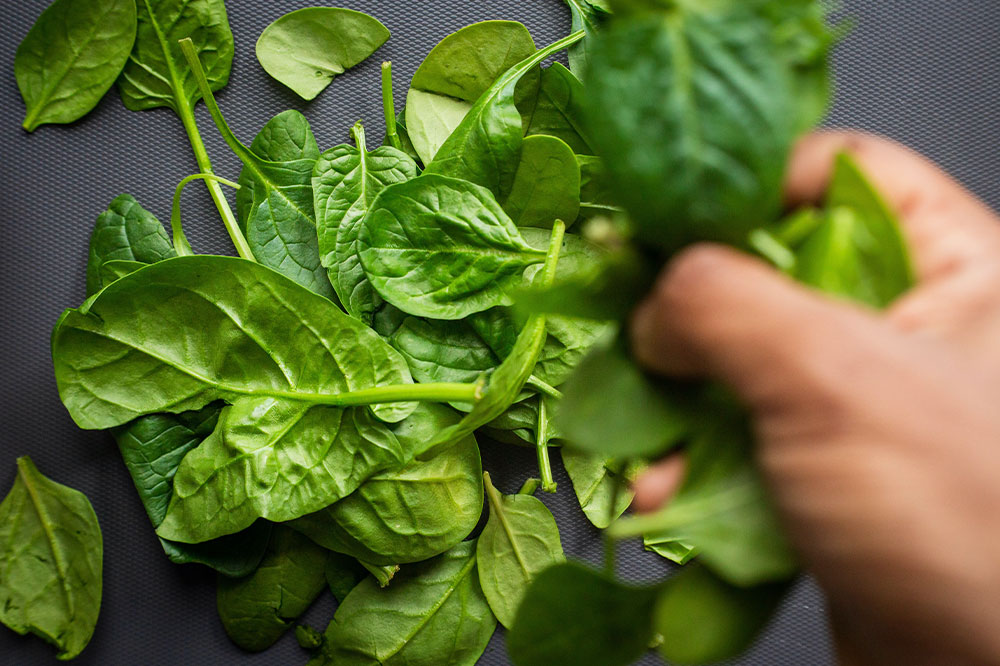8 common signs and symptoms eosinophilic esophagitis

The esophagus or food pipe transfers food to the stomach. However, it can get inflamed due to conditions like eosinophilic esophagitis (EOE). In EOE, eosinophils release substances in surrounding tissues that lead to inflammation. This causes the organ to contract and abscesses or ring-like projections to form. EOE can be triggered by acid reflux or food allergies. To manage the condition, here are some signs and symptoms of EOE that one should not ignore:
Symptoms of eosinophilic esophagitis (EOE)
The symptoms of EOE may vary among adults and children, although certain symptoms are common in both. So, here are the signs and symptoms of EOE among children and adults:
Symptoms of EOE in adults
Studies have shown that EOE in adults usually shows up in the form of strictures, rings, and narrowing of the esophagus. As a result, adults with EOE may have these symptoms:
Difficulty swallowing
One of the classic symptoms of EOE is difficulty swallowing. The technical term for this symptom is dysphagia. In usual circumstances, one may face dysphagia if they gulp down their food, but the symptom shows up for those with EOE even when they chew their food well.
Acid reflux
Acid reflux is usually a symptom of gastroesophageal reflux disease (GERD), a health condition closely related to EOE. But in many cases, those with EOE also experience GERD symptoms like acid reflux, wherein stomach acid flows back to the esophagus and causes irritation.
Food impaction
As eosinophils (a type of white blood cell) accumulate in the food pipe, food may become stuck in one’s throat when one has EOE. This might lead to choking and severe discomfort.
Chest pain
Symptoms like dysphagia and food impaction may cause severe chest pain among those with EOE. Although chest pain may also be a symptom of other conditions, it may indicate EOE if one experiences its other signs.
Symptoms of EOE in children
Unlike adults, children with EOE usually experience edema, furrowing, and white exudates in the esophagus. Consequently, the symptoms of EOE in children may differ from those among adults:
Refractory reflux
Refractory reflux is classified as a type of GERD (refractory GERD), but many children with EOE also deal with this symptom. Children with refractory reflux due to EOE may suffer from chronic cough, chest pain, voice hoarseness, etc.
Abdominal pain
Children with EOE may also complain of abdominal pain, which, when accompanied by other EOE signs, may be a symptom of this condition.
Vomiting
Vomiting is another common symptom of EOE among children, and the regurgitation of food may cause it because of the buildup of eosinophils in the food pipe.
Stunted growth
Children require several essential nutrients as they grow physically and mentally, but EOE symptoms can make it difficult for them to have nutrient-rich foods. Consequently, the growth of many children with EOE may be stunted, and they may suffer from malnutrition if the condition is left untreated.
Triggers and management techniques for EOE
As mentioned before, eosinophilic esophagitis is triggered as an allergic reaction in the body. This means that the body produces excess eosinophils, a type of white blood cell, to fight the allergen that enters the body. So, the best way to heal from EOE is to identify this trigger or allergen and eliminate it from one’s meal plan. Since food is one of the main triggers of this condition, doctors usually suggest an elimination method to identify the allergen. Here, one needs to wean off a certain food group and add it back to check whether it is the cause of the condition. Here are some foods that may trigger one’s EOE:
Wheat
Gluten, a type of protein found in wheat and wheat products, is a substance that many people are allergic to. It is an active ingredient in breads, cakes, and other confectioneries. But it may also be found in foods like ice creams, oats, and barley. So, to identify if gluten is the EOE trigger, one should eliminate all such foods containing wheat or traces of it for a few days and add them back in later. During this time, one should remember to pick foods with a “gluten-free” label.
Soy
For some people, soy may trigger EOE. To test if soy is triggering the condition, one should steer clear of all foods containing soy, like soya chunks, soybeans, soy sauce, tofu, soybean oil, etc., for some days. Soy is an ingredient in several packaged, ready-to-eat foods, so one should carefully check the ingredients list.
Eggs
Sometimes, one may develop EOE as an allergic reaction to eggs. So, during the testing phase, one should avoid all foods containing eggs, including baked items and other egg preparations.
Fish and shellfish
Fish and shellfish may also cause EOE, so it is essential to eliminate them in all forms when identifying EOE triggers. These ingredients are also included in common packaged foods like Worcestershire sauce, so one should remember to avoid all such foods.
Nuts
Nut allergies may also be the underlying cause of EOE. Thus, it is important to avoid all forms of tree nuts, including nut butters and oils, for a few days to determine whether nuts are the triggers.
Dairy
Finally, dairy could be the culprit for EOE, so one should avoid all dairy products, including milk, cheese, butter, and yogurt, for some days to check for dairy allergy.







